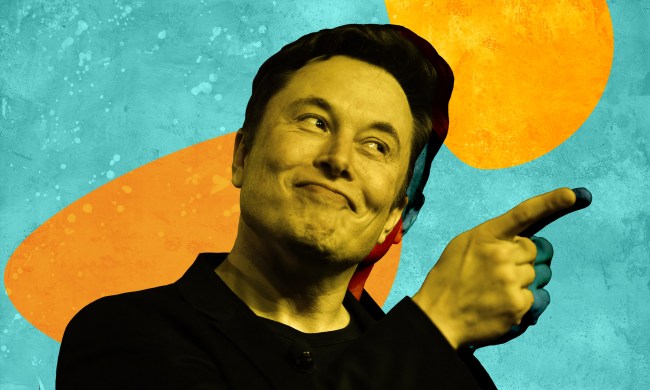Elon Musk’s Neuralink company has said it’s about to begin testing a technology that could enable someone with paralysis to control a robotic arm with their thoughts.
“We’re excited to announce the approval and launch of a new feasibility trial to extend brain-computer interface (BCI) control using the N1 Implant to an investigational assistive robotic arm,” Neuralink said in a post on X on Monday.
It described the development as “an important first step towards restoring not only digital freedom but also physical freedom.”
Neuralink has been developing a brain-computer interface (BCI) since its founding in 2016, and following trials involving animals, it successfully implanted its first BCI into a human volunteer earlier this year. In April, it released a video showing the volunteer, quadriplegic Noland Arbaugh, using his thoughts to control a cursor to move chess pieces on a computer screen.
Neuralink revealed in August that it had implanted a brain chip into a second volunteer, and it has plans for a further eight trials over the coming months. Alongside its ongoing work, Neuralink now wants to expand the use of the technology to see how effective it can be for controlling an external device like a robotic arm, which, if successful, has the potential to provide those with paralysis with a new level of independence.
Neuralink uses a robot to surgically place the BCI’s ultra-fine and flexible threads in a part of the brain that controls movement intention. Once in place, the implant, which is cosmetically invisible, is capable of recording and transmitting brain signals wirelessly to an app that decodes movement intention, the company said.
The main goal of Neuralink’s current work involving human volunteers is to evaluate the safety of the implant as well as the effectiveness of the surgical robot performing it. It’s also assessing the actual capabilities of the interface.
Musk founded Neuralink with a small team of scientists and engineers. Other companies are known to be exploring similar technology, with BrainGate, for example, having enabled a human patient with paralysis to communicate his thoughts by converting his imagined handwriting into text.



